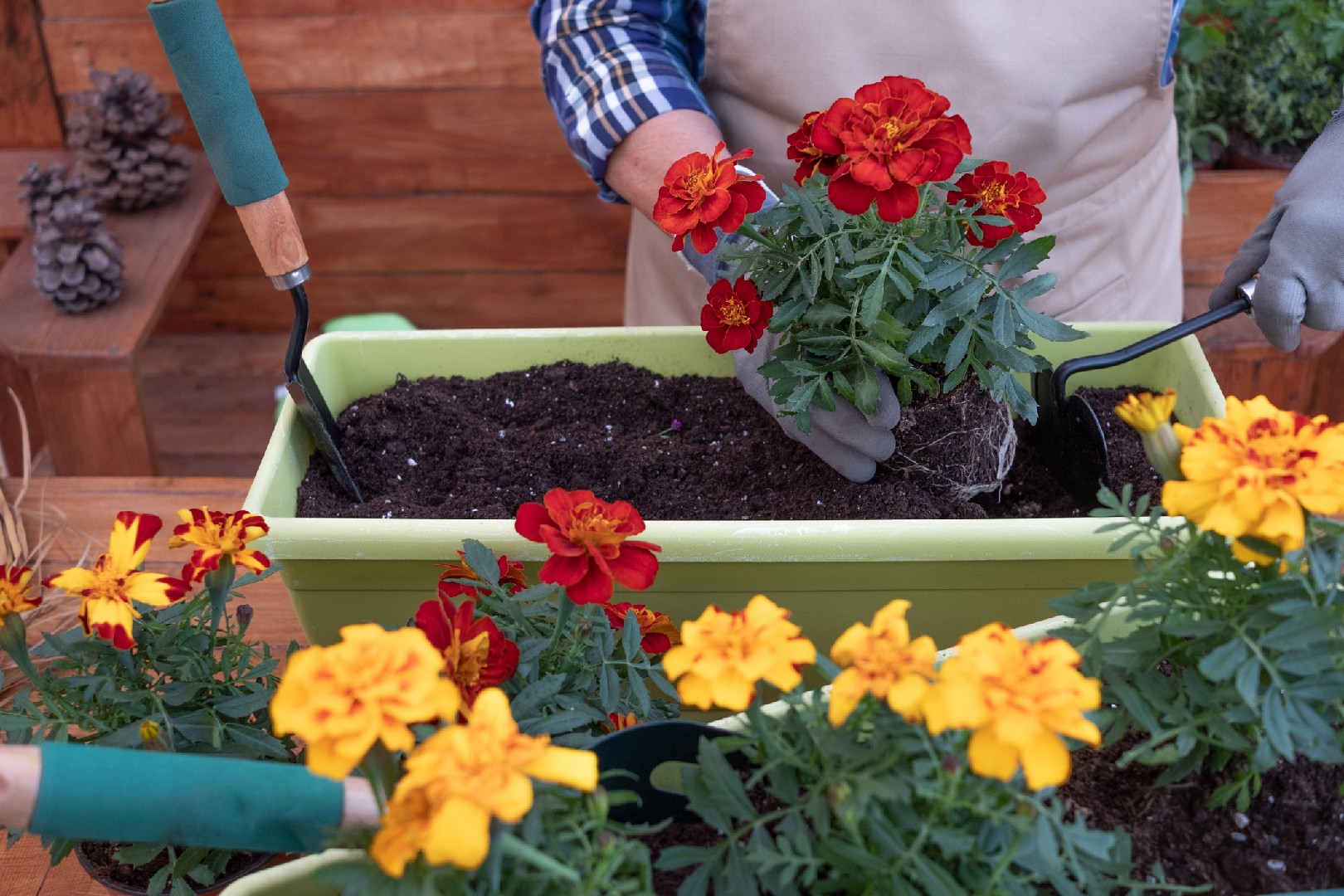![Rectangle]()
The Essentials of Container Gardening
Container gardening is a fantastic way to grow edibles in limited spaces. Whether you have a small balcony, a tiny courtyard, or even just a windowsill, you can create a vibrant and productive container garden. In this section, we will explore the core concept of container gardening, the essential tools you'll need, the importance of quality soil, and the need for appropriate watering and sunlight.
Understanding the core concept of container gardening is crucial to its success. The key idea is that plants can be grown in containers instead of traditional garden beds. This allows you to overcome space limitations and have a garden regardless of the size of your living space. Containers can be made of various materials, including clay, plastic, or wood, each with its own advantages and disadvantages. It's important to choose containers that are large enough for the plants you want to grow, with sufficient drainage holes to prevent waterlogging.
Identifying the essential tools for container gardening is the next step. Firstly, you'll need a trowel or a small garden shovel to handle soil and plantings. A watering can or hose with a spray nozzle will be essential for watering your plants. Pruning shears or scissors will come in handy for maintaining the shape and health of your plants. Lastly, a pair of gloves will protect your hands from thorns, prickles, or dirt.
Quality soil is of utmost importance in container gardening. Since plants in containers rely solely on the soil for nutrients, it's essential to use a high-quality potting mix. Look for a mix that is lightweight, well-draining, and enriched with organic matter. This will ensure that your plants have the right balance of air, moisture, and nutrients for healthy growth. Additionally, you can consider adding slow-release fertilizers to provide a steady supply of nutrients to your plants.
Maintaining a healthy soil ecosystem is also crucial for successful container gardening. Adding organic matter, such as compost or worm castings, helps enrich the soil and improve its structure. Beneficial microbes in the soil break down organic matter, releasing nutrients that are readily available to plants. Regularly monitoring and adjusting the pH of the soil is important too, as it affects nutrient availability. Aim for a slightly acidic to neutral pH range of 6.0 to 7.0 for most edible plants.
Another essential aspect of container gardening is appropriate watering and sunlight. Containers tend to dry out more quickly than garden beds, so it's important to water your plants regularly, especially during hot and dry periods. However, be cautious not to overwater, as this can lead to root rot. To ensure proper drainage, use pots with drainage holes and avoid saucers that can hold excess water. Additionally, be mindful of the sunlight requirements of your plants and place your containers in suitable locations where they receive adequate sunlight.
In conclusion, container gardening is a practical and rewarding way to grow edibles in limited spaces. By understanding the core concept, having the essential tools, using quality soil, and providing appropriate watering and sunlight, you can create a thriving container garden. Whether you're a novice gardener or an experienced one, container gardening allows you to enjoy the joys of gardening and the pleasure of homegrown produce, even in the smallest of spaces. So go ahead, get your hands dirty, and start your own container garden today!





